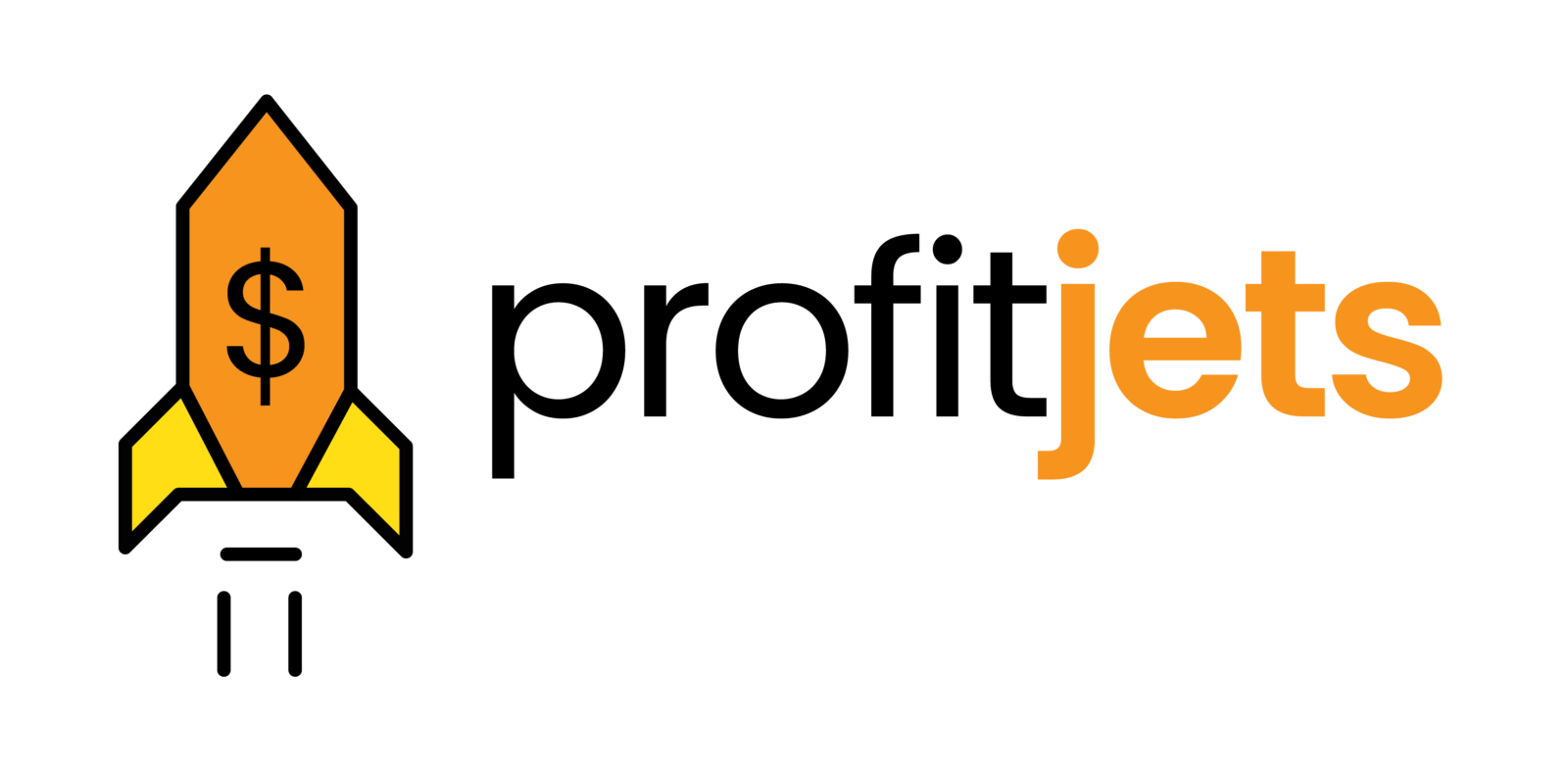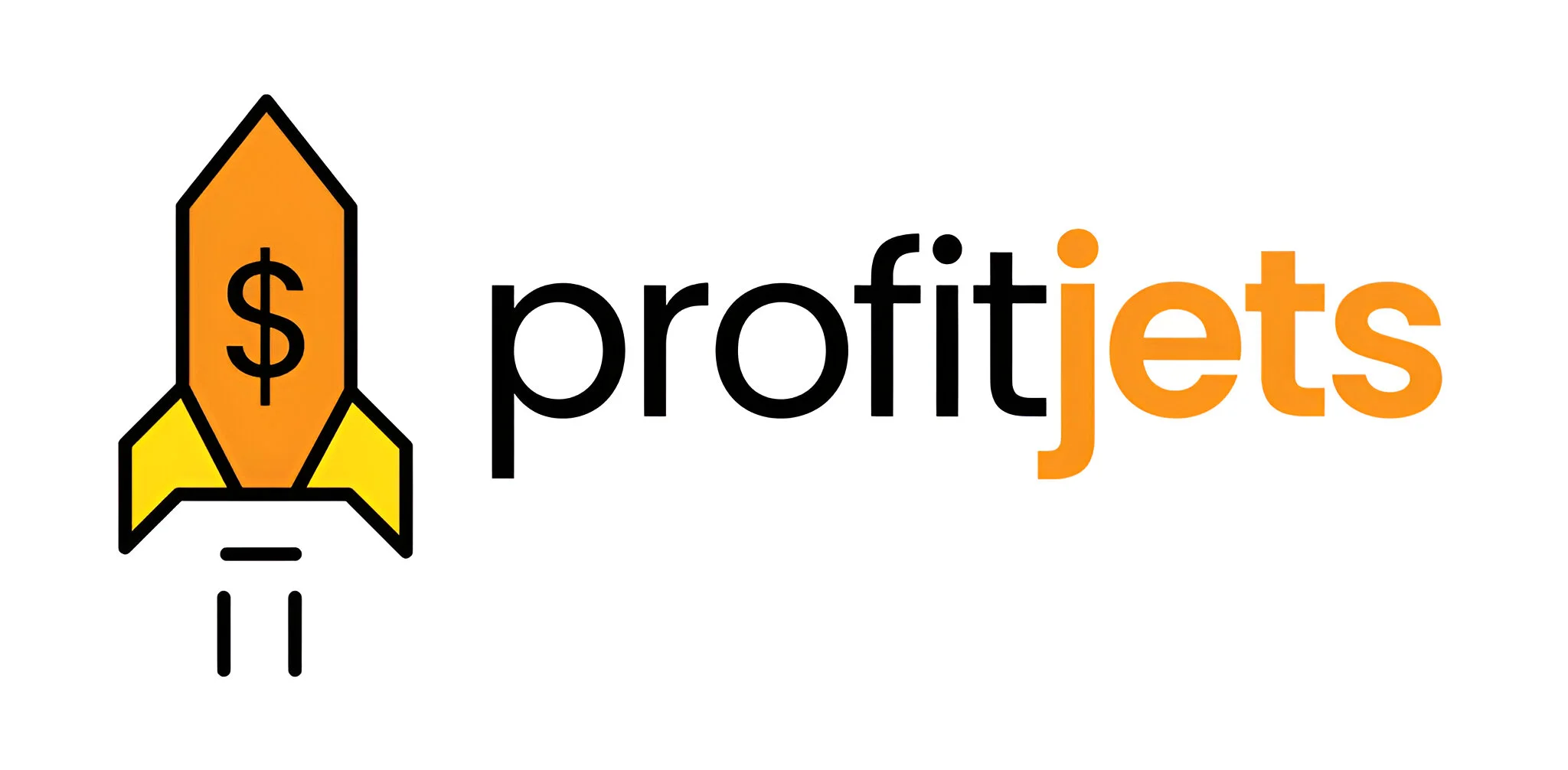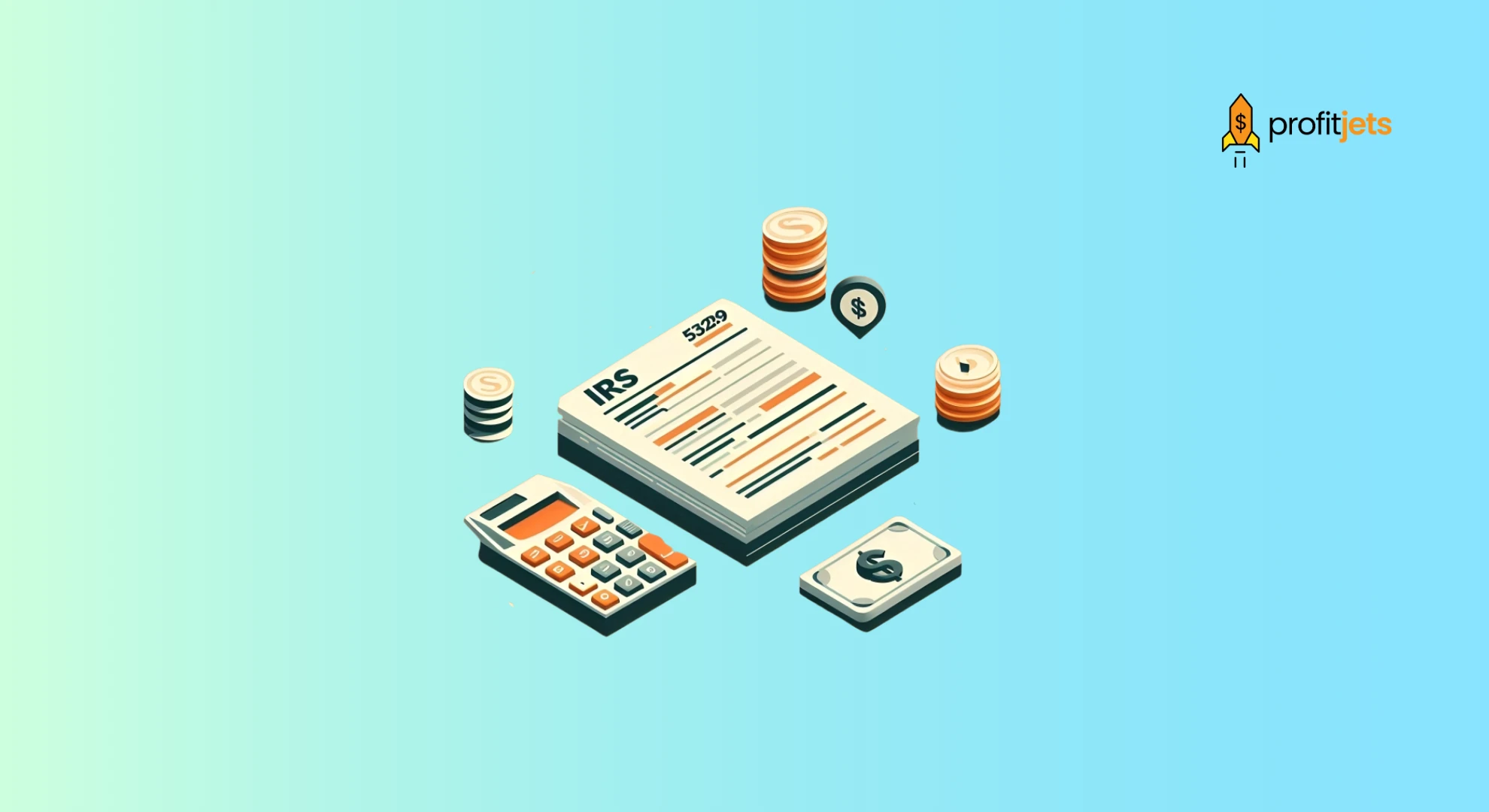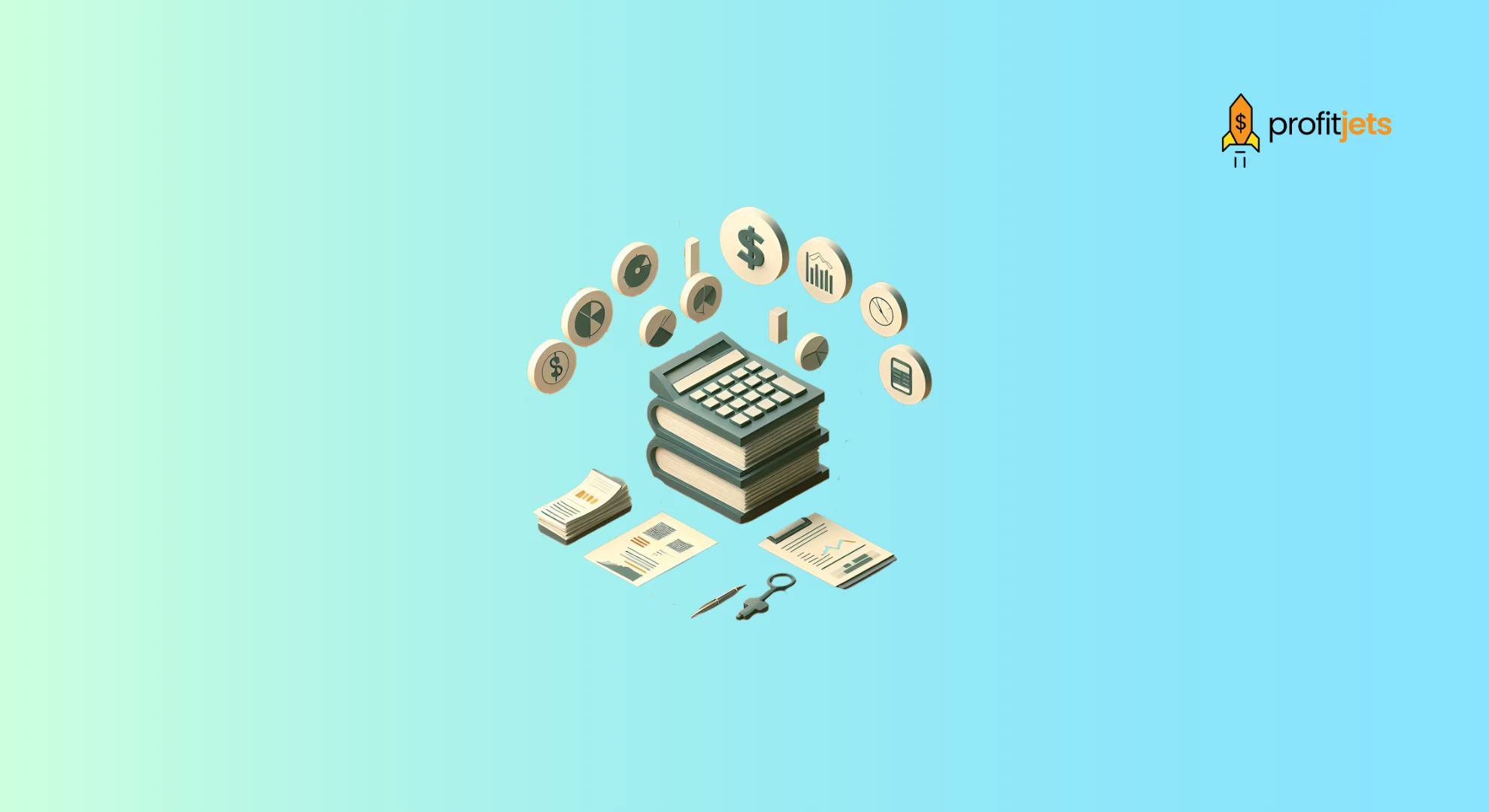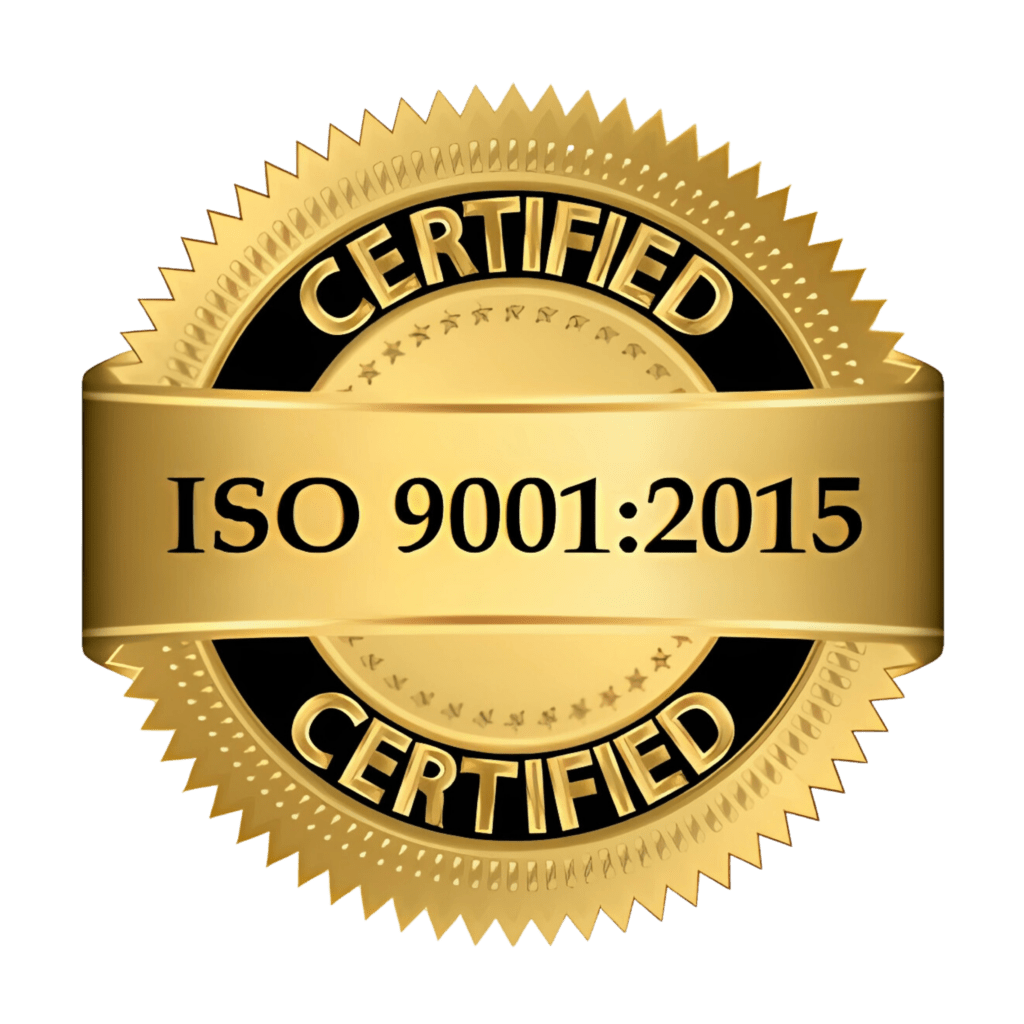IRS Form 5329 acts as both a penalty calculator and, if needed, a mini tax return when filed alone. This article provides an overview of Form 5329, situations requiring the form, instructions on filing, and practical tips in a Q&A format to skip to the section that’s most relevant to you.
Table of Contents
Table of Contents
What is the IRS Form 5329?
The Additional Taxes on Qualified Retirement Plans (Including IRAs) and Other Tax-Favored Accounts is a tax form is commonly referred to as IRS Form 5329. It is used by individuals to report and pay additional taxes on certain retirement plan distributions and contributions that do not meet IRS rules. You require Form 5329 when you owe penalties or additional taxes related to Early withdrawals, Excess contributions, Missed Required Minimum Distributions (RMDs), and other tax-favored accounts.

What are the Key Situations that trigger the need to file Form 5329?
1. Early Withdrawals (Before Age 59½)
- Part I of Form 5329 is designated for reporting amounts withdrawn early from, traditional IRAs, Roth IRAs, 401(k)s, 403(b)s, etc.
- Generally, a 10% penalty is imposed on any taxable portion not exempt from rollover provisions, but this increases to 25% for early distributions from a SIMPLE IRA taken within two years of the account’s establishment.
- Exceptions where the 10% penalty doesn’t apply include distributions for:
Disability, death, birth/adoption expenses (up to $5,000), first-time home purchase, higher education costs, medical expenses, QDROs/divorce, substantially equal periodic payments (SEPP), separation after age 55, disaster relief, domestic abuse, unemployment-related healthcare, emergency savings, terminal illness, and more.
2. Education & ABLE Account Accounts
- Part II is for early withdrawals from: Coverdell ESAs, 529 plans (QTPs), or ABLE accounts used for non-qualified purposes.
- These withdrawals also attract a 10% penalty if the withdrawal is taxable.
3. Excess Contributions to Tax-Favored Accounts
- Parts III–VIII address excess contributions and impose a 6% excise tax per year on uncorrected amounts for: Traditional and Roth IRAs, HSAs, Archer MSAs, Coverdell ESAs, and ABLE accounts.
- This penalty continues annually until the excess contribution (and any earnings) are withdrawn. Timely correction before the tax-filing deadline can prevent additional penalties
4. Missed Required Minimum Distributions (RMDs)
- Part IX pertains to these:
- You are required to start taking RMDs from Traditional IRAs, 401(k)s, etc., by age 73 (or 74 for individuals born in 1960 or later starting in 2033).
- A 50% penalty is levied on missed RMD amounts.
- However, if corrected within the IRS-prescribed “correction window” (generally before filing your tax return), the penalty is reduced to 10%.
- You can apply for a waiver by filing IRS Form 5329 with a “reasonable cause” explanation with proof that the RMD has been taken.
5. Other Tax-Favored Accounts
Form 5329 is also relevant for addressing additional tax obligations arising from:
- Modified endowment contracts
- Health Savings Accounts (HSAs)
- Archer Medical Savings Accounts (MSAs).

Instructions to Obtain and File Form 5329
How to Download Form 5329 and Instructions?
- You can download both Form 5329 and its 2024 instructions directly from the IRS website in PDF format.
- To find them manually, go to the IRS Forms & Publications page and search for “IRS Form 5329” and “Instructions for IRS Form 5329”.
How to Fill Out Form 5329?
- Provide your personal details at the top (name, address, SSN).
- Complete only the Part(s) relevant to your situation:
- Part I for early withdrawals
- Part II for ESA, 529, or ABLE distributions
- Parts III–VIII for excess contributions
- Part IX for missed RMD penalties
- Calculate any penalties using the instructions. Each part includes formulas and references to guidance
How to File IRS Form 5329?
- With your tax return:
- If you’re filing a 2024 Form 1040, 1040-SR, 1040-NR, or 1041, attach Form 5329 by the return due date, including extensions.
- Electronic submissions are available with most tax software.
- By itself:
- If you do not need to file a tax return, but owe an additional tax, mail only Form 5329 (signed, dated, with your address on page 1) along with payment to the IRS address where you’d normally send a 1040.
- It’s important to note that electronic filing isn’t available if filing alone.
How to Pay the Due Taxes along with Form 5329?
- If filing separately, include a check or money order payable to “United States Treasury” for the tax owed .
- If filed with your return (or electronically), payment will be collected per standard tax payment methods.
Practical suggestion regarding filing Form 5329
- If no other penalties apply and your 1099‑R correctly shows distribution codes, you could report the 10% early withdrawal tax directly on Schedule 2 without Form 5329.
- Excess contributions must be corrected by the tax-filing deadline (or June 1 for ESAs) to stop the penalties.
- For missed RMDs, use Form 5329 to report the penalty and optionally request a waiver and attach explanatory documentation.
Can Form 5329 be filed by itself?
Absolutely, you may file IRS Form 5329 by itself. When you don’t attach Tax Form 1040 (or Form 1040-NR/SR) with it or any other return for the specific tax year, you can file it as a standalone statement. You are probably filing it because you owe additional tax or penalties covered by 5329.
You just have to fill in all required sections, Sign and date the form, enclose a check for payment addressed to the’ United States Treasury’, and mail it to the same address where you’d file a paper Form 1040 for that tax year.
It’s important to note that electronic filing is not available when filing Form 5329 alone.
Can Form 5329 be filed electronically?
Yes, you can file IRS Form 5329 electronically—but only when attaching it to your income tax return. When you file Form 5329 as part of your IRS Form 1040, 1040-SR, NR, or Form 1041, you’re eligible to e-file using tax software or a professional service—just include it along with all other schedules and forms. If no other income return is required, and you’re filing Form 5329 standalone (with payment for early withdrawal, missed RMD, or excess contribution), it must be mailed; electronic filing is not allowed.

Key Takeaway
Form 5329 reports additional taxes and penalties for early withdrawals, excess contributions, missed RMDs, and other situations involving IRAs, HSAs, 401(k)s, ESAs, ABLE accounts, Archer MSAs, and modified endowment contracts
You must file Form 5329 if:
- You took an early distribution (before age 59½) not fully covered by an exception.
- You made excess contributions to a tax-favored account.
- You missed a required minimum distribution (RMD).
- You received distributions from tax-favored accounts like Coverdell ESAs or 529 plans used for non-qualified purposes
Filing the form correctly and as per the mandated deadlines helps reduce your penalty. Profitjets is a trusted tax expert that can handle your tax filing, planning, and tax advisory needs with proficiency and accuracy. We will ensure there are no errors or delays in your IRS Form 5329 processing. We also provide outsourced accounting and bookkeeping services and CFO services. We are your one-stop solution for all accounting, bookkeeping, and tax needs. Get in touch with us for a custom quote.
FAQs on IRS Form 5329
1. What is Form 5329 used for?
IRS Form 5329 reports additional taxes and penalties for early withdrawals, excess contributions, missed RMDs, and other situations involving IRAs, HSAs, 401(k)s, ESAs, ABLE accounts, Archer MSAs, and modified endowment contracts.
2. When do I need to file it?
You must file Form 5329 if:
– You took an early distribution (before age 59½) not fully covered by an exception.
– You made excess contributions to a tax-favored account.
– You missed a required minimum distribution (RMD).
– You received distributions from tax-favored accounts like Coverdell ESAs or 529 plans used for non-qualified purposes.
3. Are there penalty exceptions?
Yes—Form 5329 lets you claim exceptions to the 10% early withdrawal penalty for reasons such as:
– Disability or death.
– First-time home purchase (up to $10,000).
– Medical expenses over 7.5% of AGI.
– Series of substantially equal periodic payments (SEPP).
– Unemployment-related health insurance premiums
4. Can Form 5329 be filed electronically?
Yes, if it’s filed with your income tax return (1040 series or 1041), tax software will include it.
No, if you’re filing it standalone (with no other return); a paper form must be mailed, signed, and accompanied by payment.
5. Do I need a separate Form 5329 for each account type?
Yes—IRS Form 5329 has nine distinct parts. You complete only the specific section(s) relevant to your situation:
– Part I – early distributions
– Part II – ESAs, 529s, ABLE
– Parts III–VIII – excess contributions by account type
